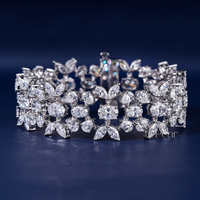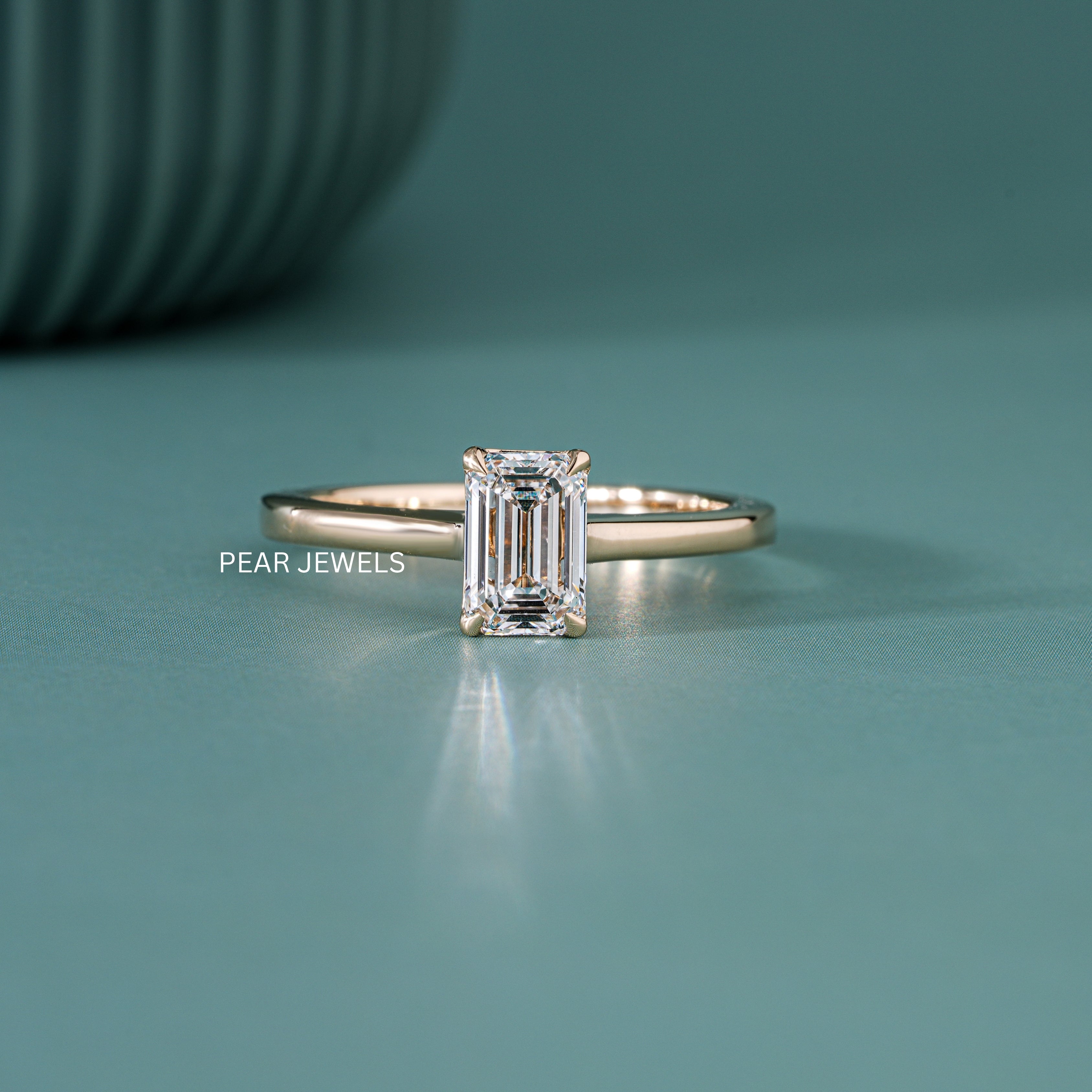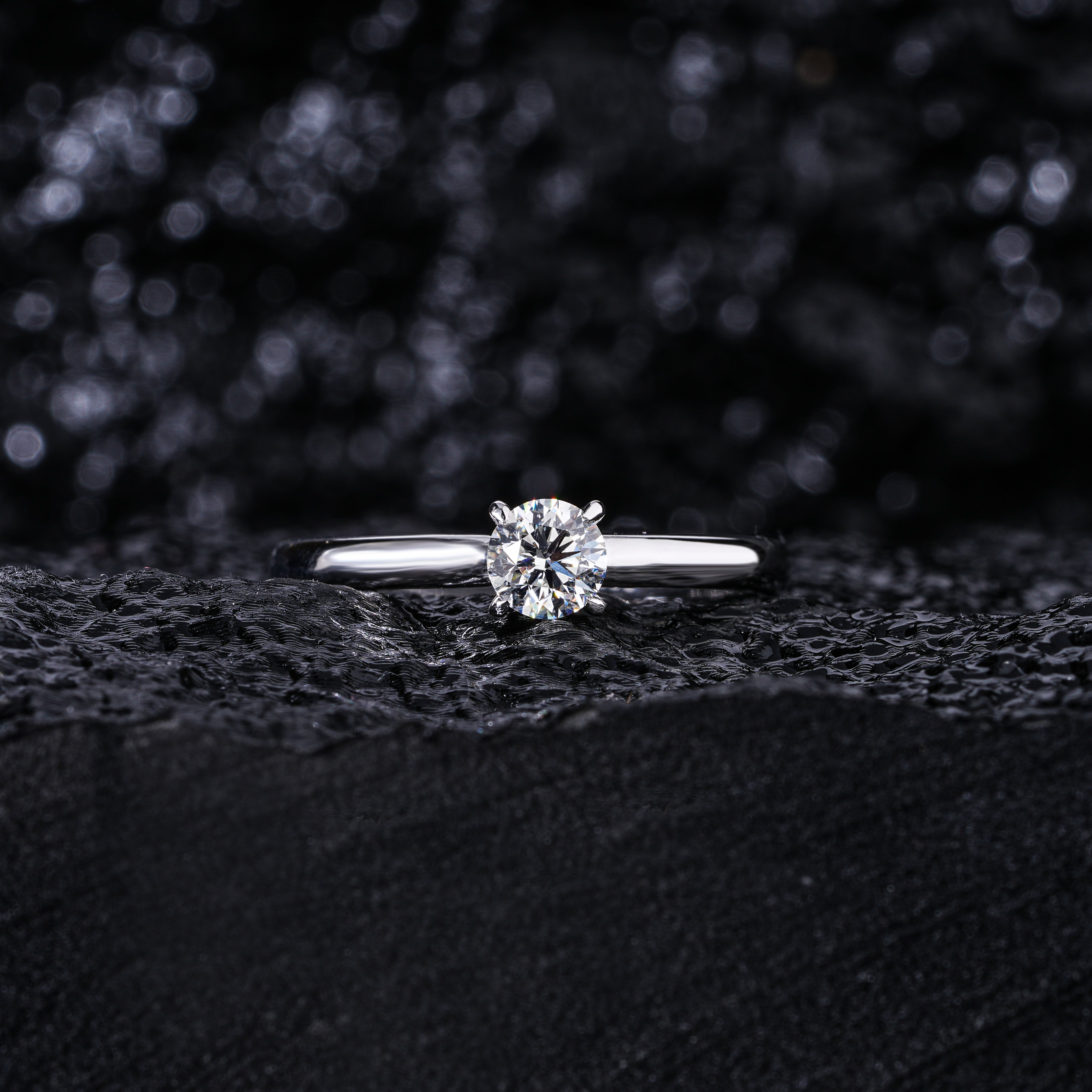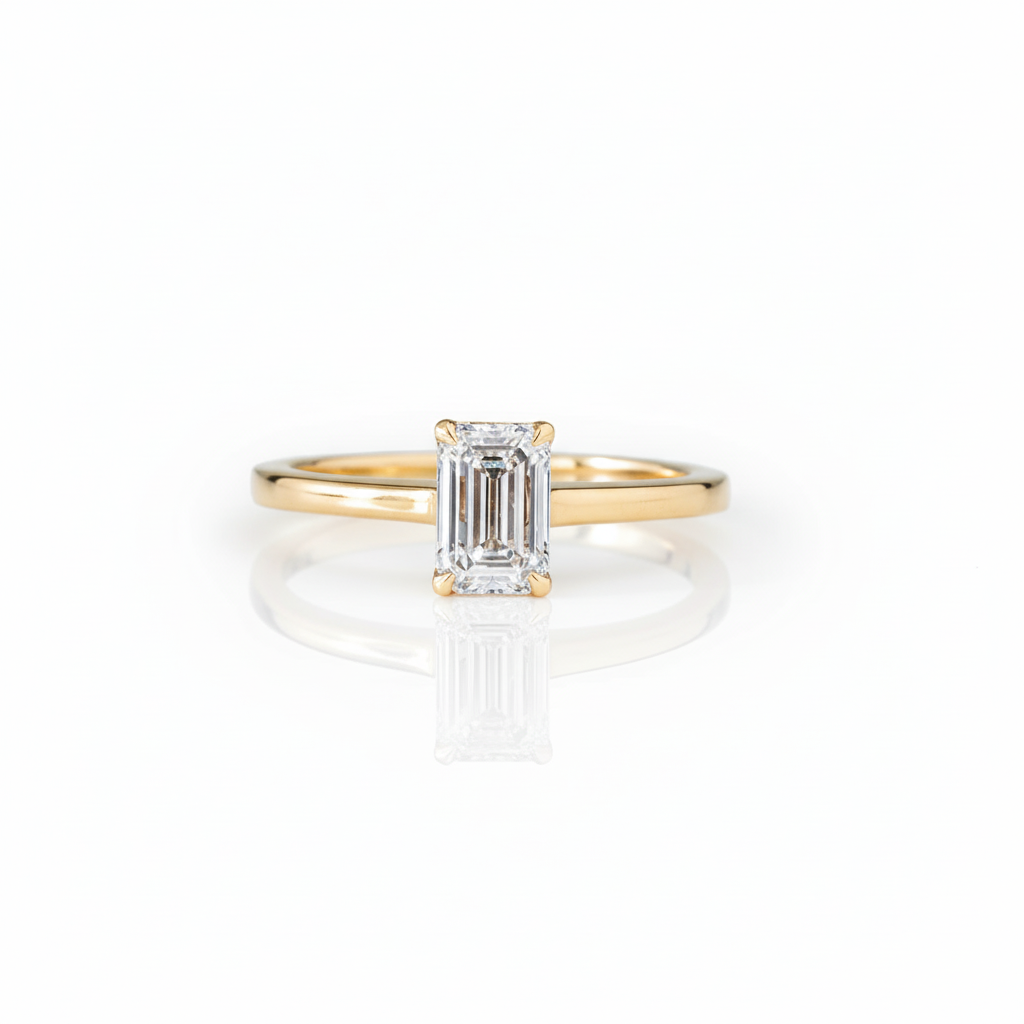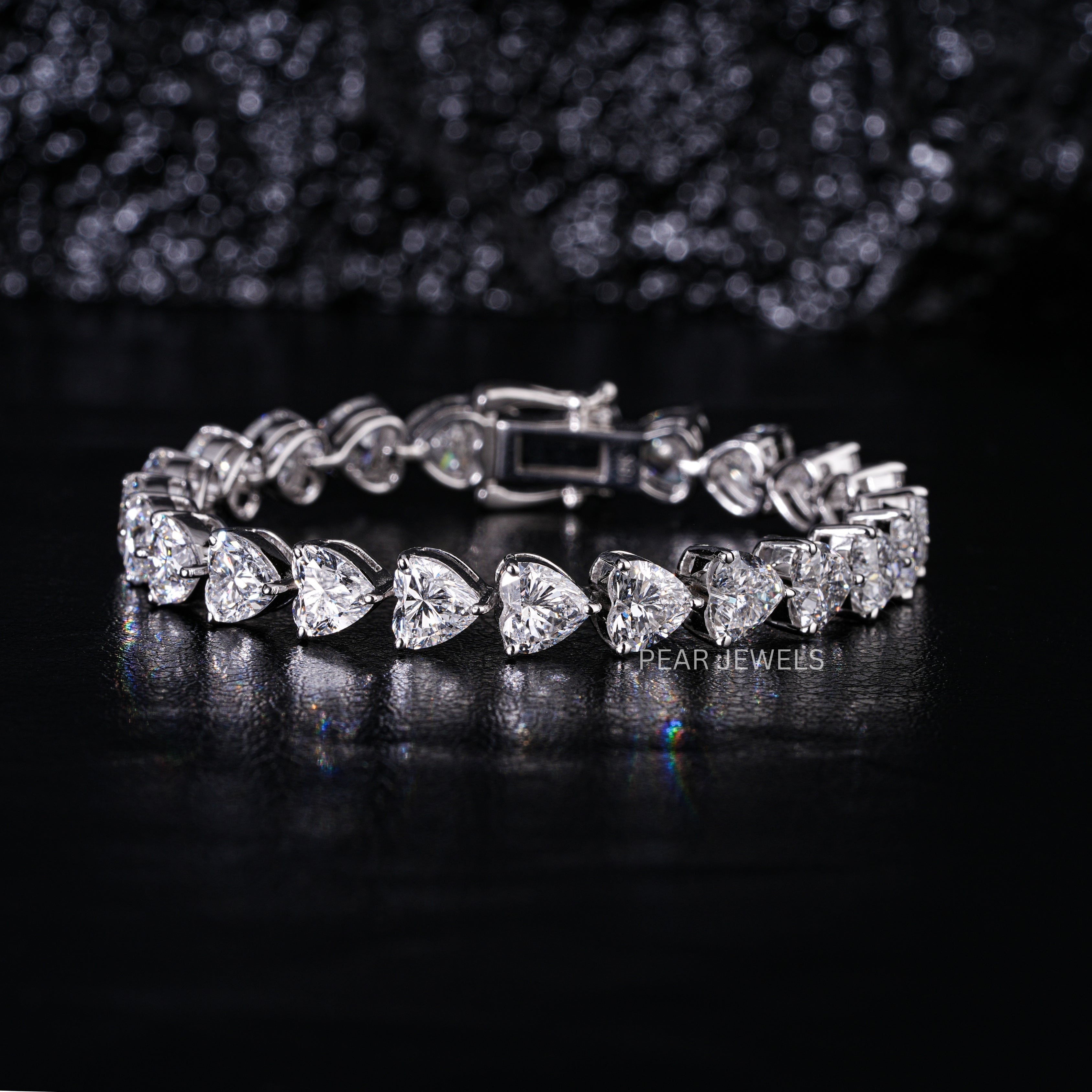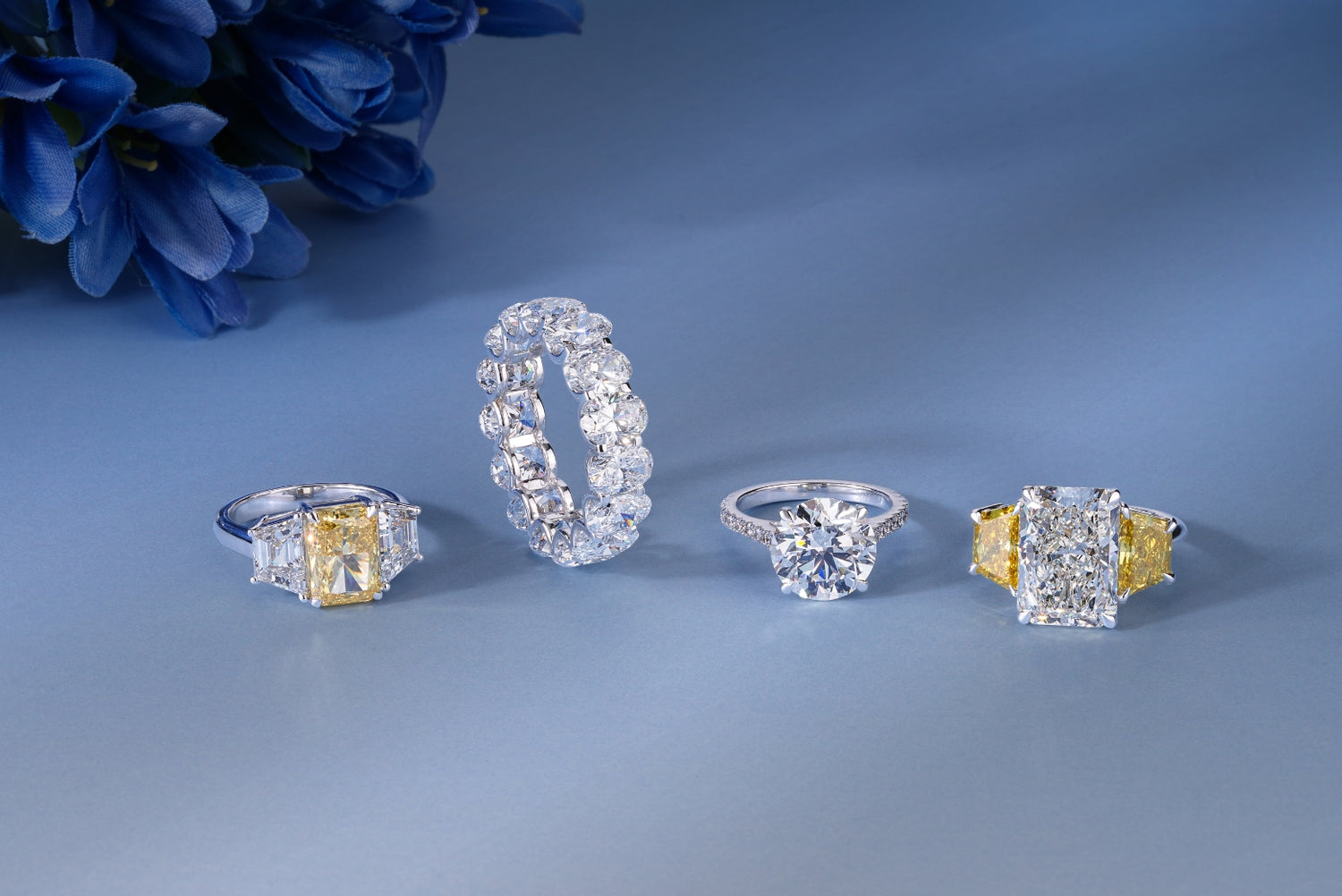When choosing a diamond, today’s buyer is presented with a choice that did not exist a generation ago: selecting a stone grown in a lab or one extracted from the earth. Visually, chemically, and physically, these two diamonds are identical. They both sparkle with the same fire and will last for an eternity. The most significant distinction for a consumer is their origin, a factor that directly influences their final price. Understanding how the price of each type of diamond is calculated reveals a story of geology, technology, supply chains, and shifting definitions of value.
The Mined Diamond: A Price Built on Rarity and a Complex Journey
The price of a natural diamond is the result of a long, arduous, and costly journey. It begins deep within the Earth, where immense heat and pressure over billions of years form diamond crystals. The first major cost factor is the sheer difficulty and expense of locating and extracting these crystals. Mining operations are vast, requiring enormous investments in machinery, energy, and labor to move tons of earth for just a handful of carats. This inherent rarity, or the perception of it, forms the base of the diamond's value.
Once a rough diamond is mined, it enters a complex and layered supply chain. It may pass through several hands, from the mining corporation to sorting houses, to cutters and polishers, and finally to wholesalers before it ever reaches a jeweler. Each step in this global journey adds a significant margin to the cost. The final price tag on a natural diamond reflects not just the stone itself, but the immense overhead of this entire system. It is a price built on scarcity, labor-intensive processes, and a multi-tiered distribution network that has been in place for over a century.
The Lab-Grown Diamond: A Price Derived from Technology and Efficiency
In stark contrast, the journey of a lab-grown diamond is one of scientific achievement and efficiency. The process begins not with digging, but with a tiny diamond seed. Using advanced technological processes like High Pressure/High Temperature (HPHT) or Chemical Vapor Deposition (CVD), scientists replicate the conditions of the Earth’s mantle. In a matter of weeks, a beautiful, unique diamond is grown. The cost here is not in mining, but in the sophisticated technology and expertise required to run and maintain the laboratory environment.
This controlled and predictable process fundamentally changes the pricing structure. The supply chain for a lab-grown diamond is dramatically shorter and more direct. The diamond goes from the lab, to the cutter and polisher, and then to the jeweler. By removing the extensive costs of mining and the multiple layers of distribution, the final price is significantly lower. The value is based on the cost of its creation and quality, not on a perception of rarity. This allows a customer to purchase a diamond that is often 30 to 50 percent less expensive than a natural diamond of the same size and quality.
Grading Quality: The 4Cs as a Universal Standard
It is crucial to understand that both diamond types are graded on the exact same scale. The 4Cs of Cut, Color, Clarity, and Carat are the universal standard for determining a diamond's quality. A G-color, VS2-clarity lab-grown diamond is graded with the same rigorous standards as a G-color, VS2-clarity natural diamond. The difference is that the price per carat for the lab-grown option will be far more accessible due to the fundamental differences in its origin story. This means you can browse a collection of oval engagement rings, for example, and compare stones of the same grade, knowing the lab-grown options will offer greater value.
A Hypothetical Price Comparison in the Australian Market
To illustrate this difference, let’s consider a hypothetical example. Please note that these figures are for illustrative purposes only, as diamond prices fluctuate based on many specific factors and current market conditions.
Imagine you are in the market for a 1.0 carat, G-colour, VS1-clarity round brilliant diamond.
-
Natural Diamond Price Calculation: Based on the complex supply chain and perceived rarity, a natural diamond with these specifications might retail in the Australian market for approximately $12,000 AUD. This price accounts for the journey from the mine to the showroom.
-
Lab-Grown Diamond Price Calculation: A lab-grown diamond with the exact same specifications offers a significant value advantage. They are typically priced around 40-50% lower than their natural counterparts. A 40% price reduction would be calculated as:
$12,000 AUD x 0.40 = $4,800 AUD in savings.
This would place the retail price of the lab-grown diamond at approximately $7,200 AUD.
This calculation shows how the efficiency of the lab-grown process directly translates into substantial savings for the customer.
A New Definition of Value for the Modern Buyer
This price difference presents a new kind of value for the modern jewelry buyer. The savings from choosing a lab-grown diamond can be used in several ways. It might allow you to select a larger carat weight than you thought possible, or to invest in a more intricate and finely crafted setting for your engagement ring. It offers a level of freedom and flexibility in design that was previously unattainable for many. The value is also measured in peace of mind, as lab-grown diamonds offer a fully traceable and environmentally conscious alternative to traditional mining.
Ultimately, the choice is a personal one. The allure of a stone from the Earth is undeniable for some, while for others, the innovation and smart value of a lab-grown diamond are more compelling. By understanding the distinct journeys and pricing structures of each, you can make a choice that aligns with your budget, your style, and your values. We invite you to explore our collections of beautiful lab-grown diamond jewelry and discover the remarkable possibilities they offer.
